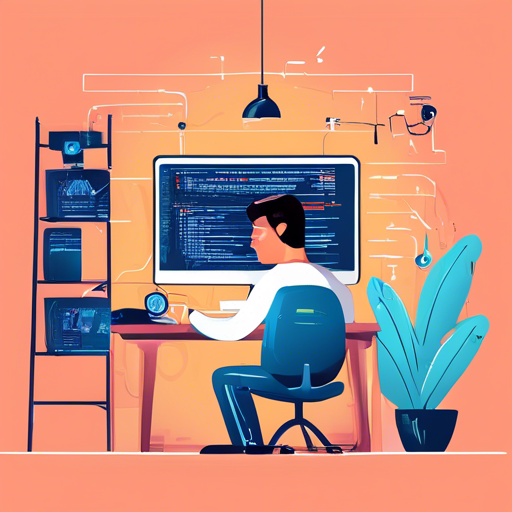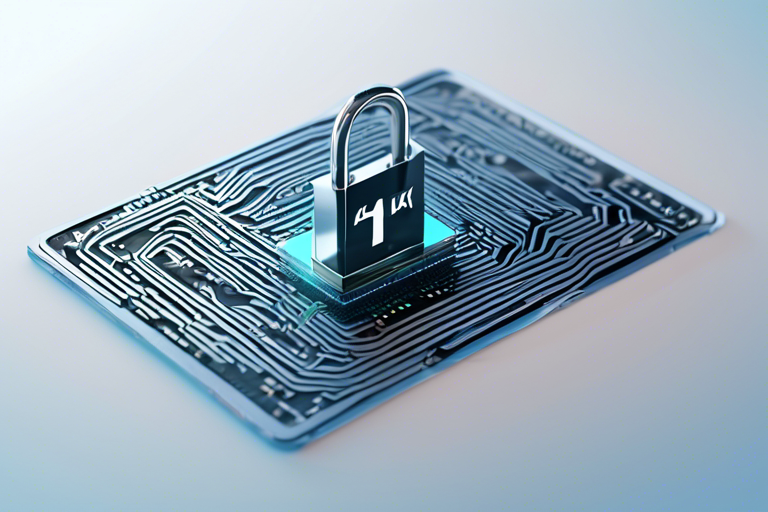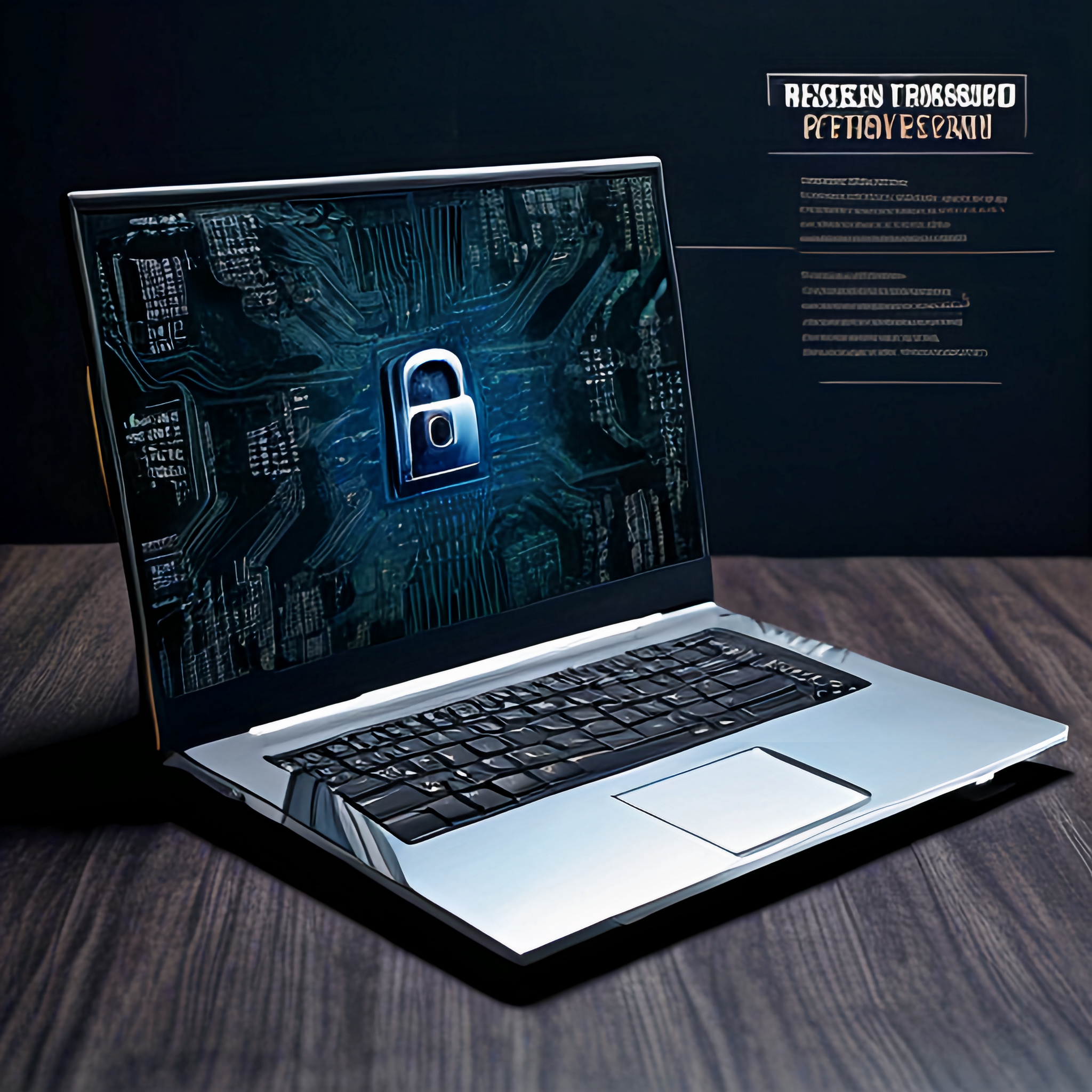What is BIOS (Basic Input/Output System) and How Does It Work?

Understanding BIOS: The Essential Guide to Basic Input/Output System

Introduction
The Basic Input/Output System (BIOS) is the cornerstone of computer functionality, acting as the bridge between hardware and software in the initial moments of the booting process. But what exactly does this critical piece of firmware do, and why is it so pivotal for your PC’s operation? This guide delves into the essence of BIOS, providing clarity on its role, evolution, and how it shapes your computing experience.
What is BIOS?
At its core, the BIOS is pre-installed firmware located on a computer’s motherboard. Designed to be the first code run by a PC when powered on, the BIOS has several critical functions, including performing the Power-On Self-Test (POST), initializing system hardware components, and loading the operating system into memory. The BIOS ensures all system peripherals are working and ready for the OS handoff.
The Evolution of BIOS to UEFI
Initially conceived for the CP/M operating system in 1975, BIOS technology has undergone significant transformations. The introduction of the Unified Extensible Firmware Interface (UEFI) marked a new era, offering enhancements like graphical user interfaces for settings management, faster boot times, and robust security features like secure boot. Unlike the traditional BIOS, UEFI supports larger hard drives and pre-boot applications, paving the way for more sophisticated computing environments.
Accessing and Navigating BIOS Settings
Entering the BIOS setup utility is typically achieved by pressing a designated key (such as F2, Del, or Esc) during the startup process. Users can adjust various settings within the BIOS menu that influence system performance, including boot order, hardware configurations, and security options like passwords and secure boot status.
The Importance of BIOS Updates
Manufacturers regularly release BIOS updates to improve system stability, add new features, or address security vulnerabilities. Keeping your BIOS updated is crucial for ensuring optimal performance and protection against emerging threats. Updates can usually be applied through a utility provided by the motherboard manufacturer, using a simple process that writes the updated firmware directly to the motherboard.
BIOS Security Features
BIOS-level security features are critical in safeguarding the computer against unauthorized access and tampering. Setting a BIOS password prevents others from changing essential system settings or booting from unauthorized external media. Additionally, features like TPM (Trusted Platform Module) support and secure boot further enhance security, ensuring that only trusted software can run during the boot process.
Comparing BIOS with UEFI
While BIOS and UEFI serve similar purposes, UEFI stands out for its advanced capabilities and user-friendly interface. UEFI’s support for larger disk partitions, pre-boot networking capabilities, and fast boot options represent significant advantages over traditional BIOS. However, BIOS remains relevant for many users and systems, mainly because of its compatibility with older hardware and software.
Conclusion: Embracing BIOS in Modern Computing
Despite the rise of UEFI, the BIOS remains an integral part of computer systems, underlying every process from power-on to OS loading. Understanding and managing your system’s BIOS or UEFI settings can enhance your PC’s performance, security, and reliability. As computing continues to evolve, the principles of BIOS and its modern counterparts will remain central to technology’s future.




